Mastering Pest Prevention: Integrate, Implement, Optimize for Sustainable Results
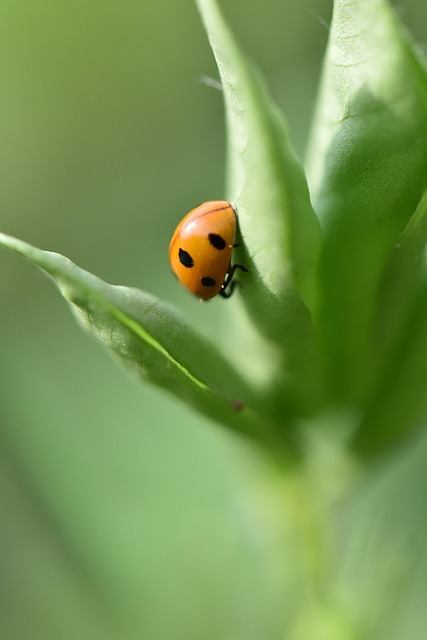
Integrated Pest Management (IPM) offers a sustainable, multi-faceted approach to pest control that m…….
Introduction
Pests are a pervasive challenge across the globe, affecting agriculture, infrastructure, and public health. Effective pest prevention and removal strategies are critical for maintaining ecosystem balance, protecting crops, safeguarding structures, and ensuring human well-being. This article delves into the multifaceted world of pest management, exploring its historical context, current practices, economic implications, technological advancements, policy frameworks, and future prospects. Readers will gain a comprehensive understanding of how pests are managed worldwide, the challenges posed by them, and the innovative solutions employed to control them.
Understanding Pest Prevention and Removal
Pest prevention and removal encompass the methods and strategies used to control or eliminate pests before they become a problem or to manage their populations to minimize harm. This field intersects entomology, ecology, agriculture, public health, and environmental science. Historically, humans have employed various methods for pest management, ranging from mechanical traps to the use of natural predators. Today, integrated pest management (IPM) is a widely adopted approach that combines biological, cultural, physical, and chemical tools in a sustainable manner to prevent or reduce pest populations to acceptable levels.
Global Impact and Trends
Pests affect all corners of the globe, with implications for food security, infrastructure maintenance, and public health. Climate change has altered pest distribution patterns, leading to new challenges and trends in pest management. For instance, rising temperatures have allowed some pests to thrive in regions they previously could not inhabit. In contrast, other areas may see a decrease in certain pests due to changing conditions. The global impact of pests is profound: it’s estimated that crop losses due to pests amount to billions of dollars annually.
Economic Considerations
The economic aspects of pest prevention and removal are significant. Agricultural sectors invest heavily in pest control to protect yields, with the cost varying by region, crop type, and pest species. Market dynamics for pesticides, monitoring equipment, and IPM consultants demonstrate a robust industry focused on managing pests sustainably. The role of “Pest Prevention and Removal” is integral to economic systems, as it ensures the safety and quality of products, protects infrastructure, and prevents the spread of diseases.
Technological Advancements
Technology has revolutionized pest management with advancements such as precision agriculture, drones for monitoring, and biotechnology that engineer pest-resistant crops. Genomics allows for more precise identification of pests and the development of targeted treatments. Automation and robotics are being used to monitor fields and apply treatments where needed. These technologies not only improve the effectiveness of pest control but also reduce the environmental impact of chemical applications.
Policy and Regulation
Policies and regulations governing pest management vary by country and region, reflecting different priorities and ecological considerations. International bodies like the FAO and WHO set guidelines for safe and sustainable practices. National governments enforce regulations that limit the use of harmful chemicals and promote IPM. These frameworks are critical in guiding the development of pest prevention and removal strategies and ensuring compliance with environmental and health standards.
Challenges and Criticisms
Pest management faces numerous challenges, including resistance to pesticides, environmental degradation, and the emergence of invasive species. Critics argue that over-reliance on chemical solutions can lead to ecological imbalances and contribute to biodiversity loss. To address these issues, a shift towards more sustainable and integrated approaches is necessary. Strategies such as habitat conservation, biological control agents, and the development of resistant crop varieties are key components in this transition.
Case Studies
Several case studies illustrate the successful implementation of pest prevention and removal strategies. For example, a cocoa-growing region in West Africa implemented an IPM program that reduced pesticide use by 50% while improving crop yields. Another case study involves the eradication of the brown marmorated stink bug in North America through a combination of biological control and regulatory measures. These success stories provide valuable insights into effective pest management practices.
Future Prospects
The future of pest prevention and removal is poised for innovation and integration. Advancements in genetic engineering promise to create more resilient crops, while machine learning and AI could revolutionize early detection and response systems. The demand for sustainable practices will likely drive the development of new, eco-friendly methods that balance the need to control pests with the imperative to protect the environment. Strategic considerations, such as adapting to climate change and understanding pest ecology, will be central to the field’s evolution.
Conclusion
Pest prevention and removal are critical components of environmental stewardship, agricultural sustainability, and public health. This comprehensive exploration of the topic has highlighted its multifaceted nature, the importance of integrated approaches, and the potential for technological innovation to address current and future challenges. The global impact of pests underscores the necessity of ongoing research, policy development, and investment in this field to safeguard ecosystems and human well-being.
FAQ Section
What is integrated pest management (IPM)?
IPM is an effective and environmentally efficient approach to pest control, relying on a combination of techniques such as biological, cultural, physical, and chemical tools.
How do climate change and human activities affect pest populations?
Climate change can alter pest distribution and behavior, while human activities like urbanization and agriculture can create new habitats for pests or disrupt existing ecosystems.
What are some common pest management technologies?
Common technologies include drones for monitoring, genetically modified crops resistant to pests, and precision agriculture techniques that reduce the need for broad-spectrum pesticides.
Why is it important to use sustainable pest control methods?
Sustainable pest control minimizes environmental impact, reduces the risk of pest resistance, and ensures the safety and quality of agricultural products and ecosystems.
How can I participate in pest management in my community or garden?
You can practice sustainable gardening, use natural predators to control pests, monitor your plants regularly for signs of infestation, and apply IPM principles to protect both your crops and the environment.

Integrated Pest Management (IPM) offers a sustainable, multi-faceted approach to pest control that m…….
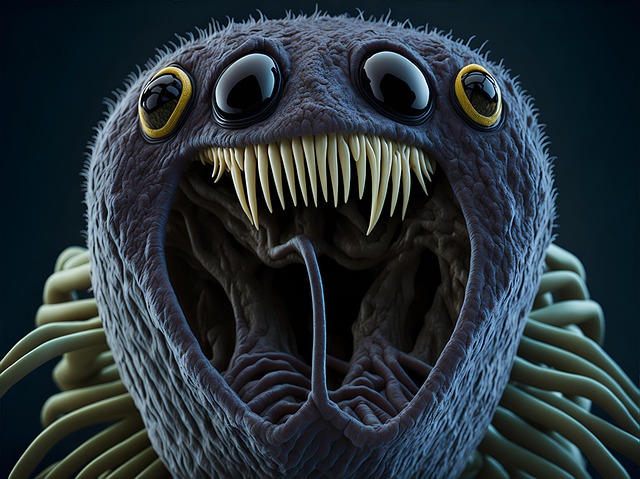
For effective and safe termite, ant, and bed bug control, professional pest control services are key…….

Pests like ants, rodents, spiders, and insects pose significant risks to children and pets by seekin…….
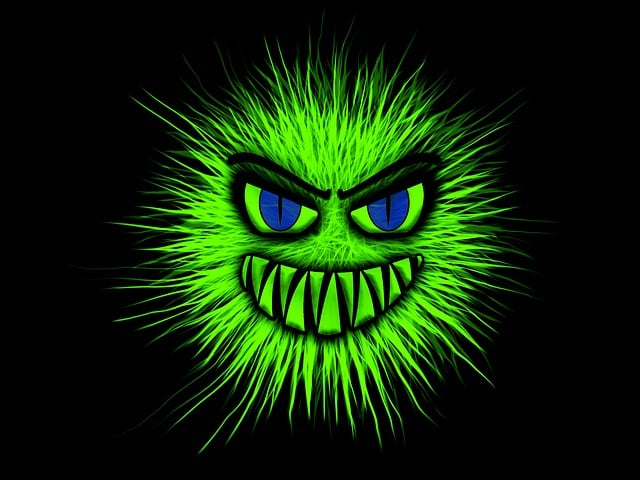
Pest infestations are caused by suitable habitats, food, moisture, or shelter, with entry points lik…….
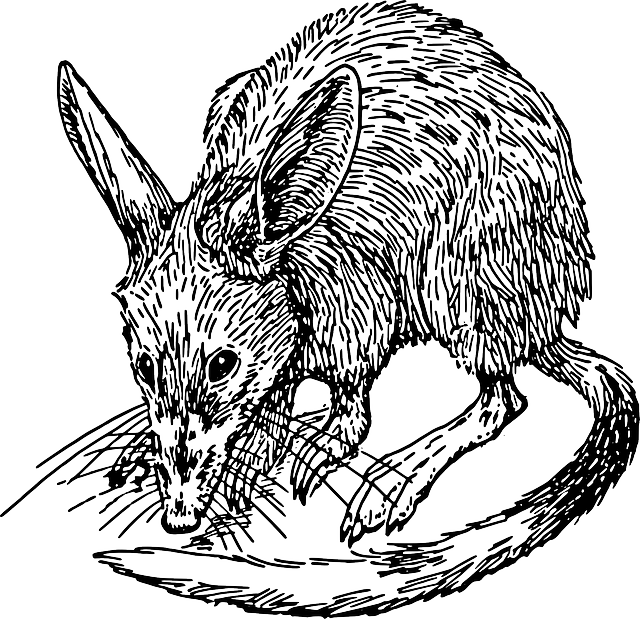
Understanding pest behavior is crucial for effective eco-friendly pest prevention. By studying habit…….
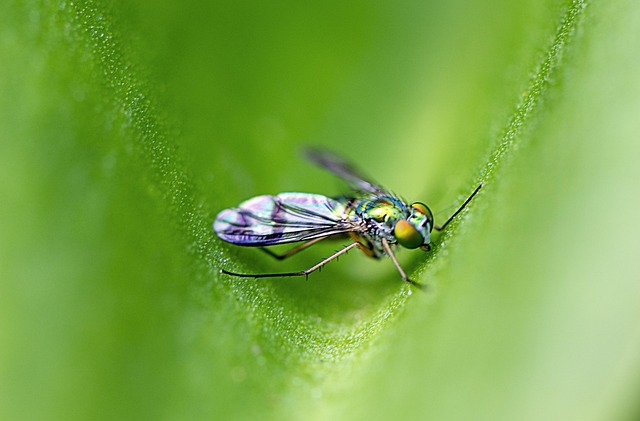
Integrated Pest Management (IPM) is a revolutionary, eco-friendly approach to pest control that avoi…….
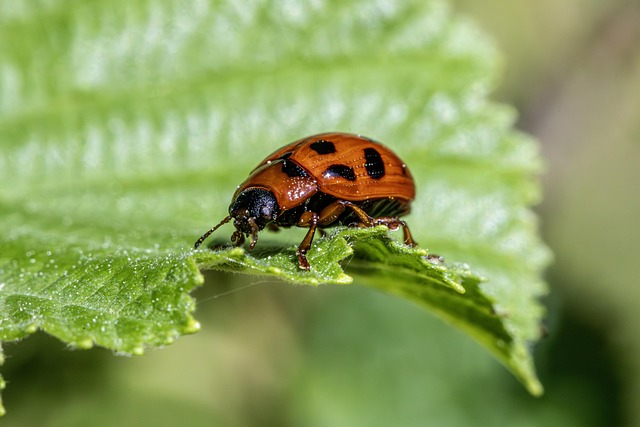
Integrated Pest Management (IPM) is an eco-friendly and sustainable solution for residential pest re…….
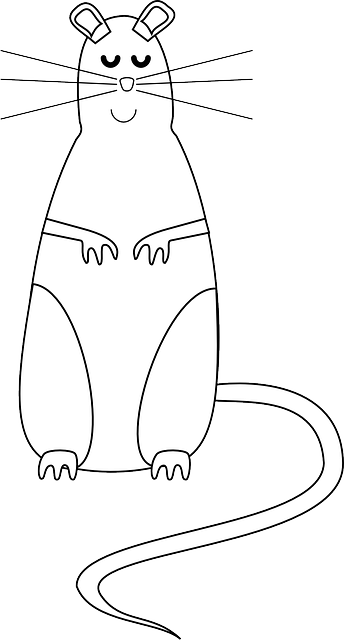
Mosquitoes and ticks pose significant health risks, so effective pest prevention and removal is cruc…….
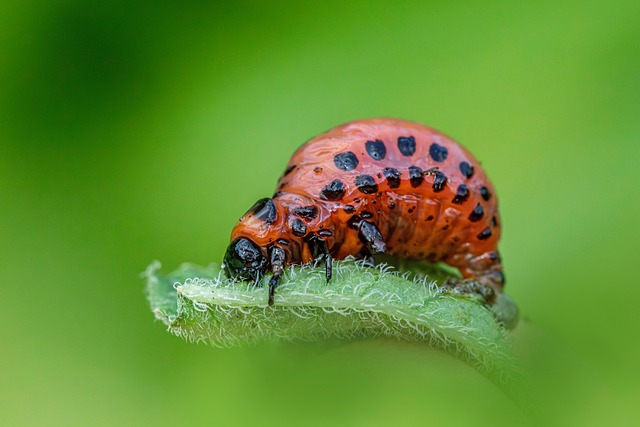
Integrated Pest Management (IPM) offers an eco-friendly and effective rodent prevention and removal…….